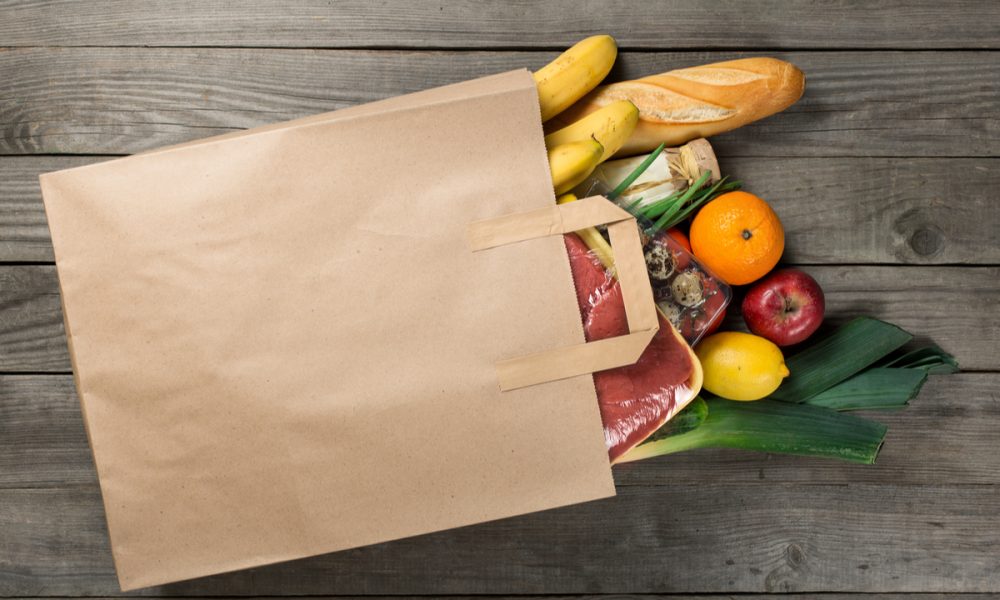Across food and beverage businesses, the role of the aggregator is shifting. Going into the new year, merchants are looking to take control of their digital presences, scaling back their reliance on third parties in favor of more profitable direct purchasing channels. In this shift, grocers are at a disadvantage.
While restaurants can take advantage of the competition between leading aggregators — DoorDash, Grubhub and Uber Eats, among other players — to get better deals and drive restaurant-friendly changes, grocers’ mainstream marketplace options do not extend much beyond Instacart, outside of restaurant aggregators’ incipient moves in the grocery space. As such, grocers aiming to succeed in the eCommerce space without sacrificing profits and key customer data to third parties must find other tools and technologies that allow them to meet digital demand.
See also: 2021: The Year Restaurants Took Control of Their Relationships With Aggregators
“Retailers are moving away from the marketplaces and understanding that in order for them to win, they need to own their customer relationship and their customer data,” Mendel Gniwisch, EVP of Business Development at grocery eCommerce, picking and fulfillment solution stor.ai, said in an interview with PYMNTS. “And I think the focus that the retailers have, when looking for solutions, … is which company can help me not only sell online … but actually fulfill the orders profitably, whether that’s with applications in-store or with automation, robotics, and things like that.”
He added that these concerns extend to the last mile as well, with grocers seeking out more cost-effective ways to get items to consumers’ door, whether that is with in-house delivery fleets, third-party logistics companies or, as is rarely but increasingly the case, with remote-controlled or autonomous robots.
Changing the Store-y
Gniswich predicts that the role of the store is going to shift significantly within the next five years, as brick-and-mortar visits become more of a choice and less of a necessity. He predicts that, in the years to come, more than half of all purchases of non-fresh grocery items will be made online, with that share rising to 75-80% down the line.
In fact, PYMNTS research from the Omnichannel Grocery Report: Leveraging Digital Purchasing Channels To Boost Conversion, created in collaboration with ACI Worldwide, found that in late 2020 consumers were more than twice as likely to use digital channels to purchase packaged food products for home delivery as they were to use these channels to buy fresh fruits and vegetables, and a similar disparity existed between packaged items and fresh meats.
Read more: What US Consumers Want Grocery Stores To Know About How They Want To Shop And Pay
“What that does is, it makes the in-store experience an entirely different experience,” he said. “It’s not a need anymore… You’ll go to the store because you want to have the experience. You want to speak to the butcher… Maybe there’s a new kind of fish at the fish counter. Maybe they’ve imported a new cheese.”
Stores will be a compelling way to build customer relationships and to appeal to consumers’ desire to have trust in their fresh food and beverage purchases, but they will not need to meet all of consumers’ cross-category grocery needs in one place.
Hey, Big Spender
One industry-wide shift from the early pandemic that grocers can continue to benefit from is a turn towards higher-value purchases. Where once consumers saved their big spending for restaurants, the shift toward food at home in the first half of 2020 left many consumers open to purchasing more premium items at the grocery store.
“Shoppers are now … saying, ‘Well I’m not going to spend, 25, 30, 40 dollars for a meal at a restaurant — maybe I could spend the equivalent of that on a premium product,’” Gniswich said.
The benefits remain — once consumers are used to buying the fancy, local coffee grounds, they typically do not want to go back to Maxwell House. Grocers that can offer these quality-seeking consumers the premium items they are looking for have the opportunity to the average ticket.
“Once customers learned about the products, they became more interested in buying them even as restrictions went down,” he noted.
The Shift in Mindset
While some grocery stores remain stuck in the past, many grocers have been proactive about seeking out technologies that equip them for their omnichannel future. In recent months, grocers have been trying out new checkout technology, looking towards last-mile automation, leveraging digital data to personalize the shopping experience to the consumer and more.
Gniswich noted that this marks a dramatic evolution from where the industry was a decade ago, when many grocers were skeptical of new innovations and slow to make changes.
“What’s really surprising me at this point is, these same executives are the ones that are making those technological decisions and have really changed from where they were 10 years ago,” he said. “Today, they’re open and willing to discuss technologies and make you know, significant commitments to those technological products and solutions, but they have to implement [them].”
——————————
NEW PYMNTS DATA: AUTHENTICATING IDENTITIES IN THE DIGITAL ECONOMY – DECEMBER 2021

About:More than half of U.S. consumers think biometric authentication methods are faster, more convenient and more trustworthy than passwords or PINs — so why are less than 10% using them? PYMNTS, in collaboration with Mitek, surveyed more than 2,200 consumers to better define this perception versus use gap and identify ways businesses can boost usage.






